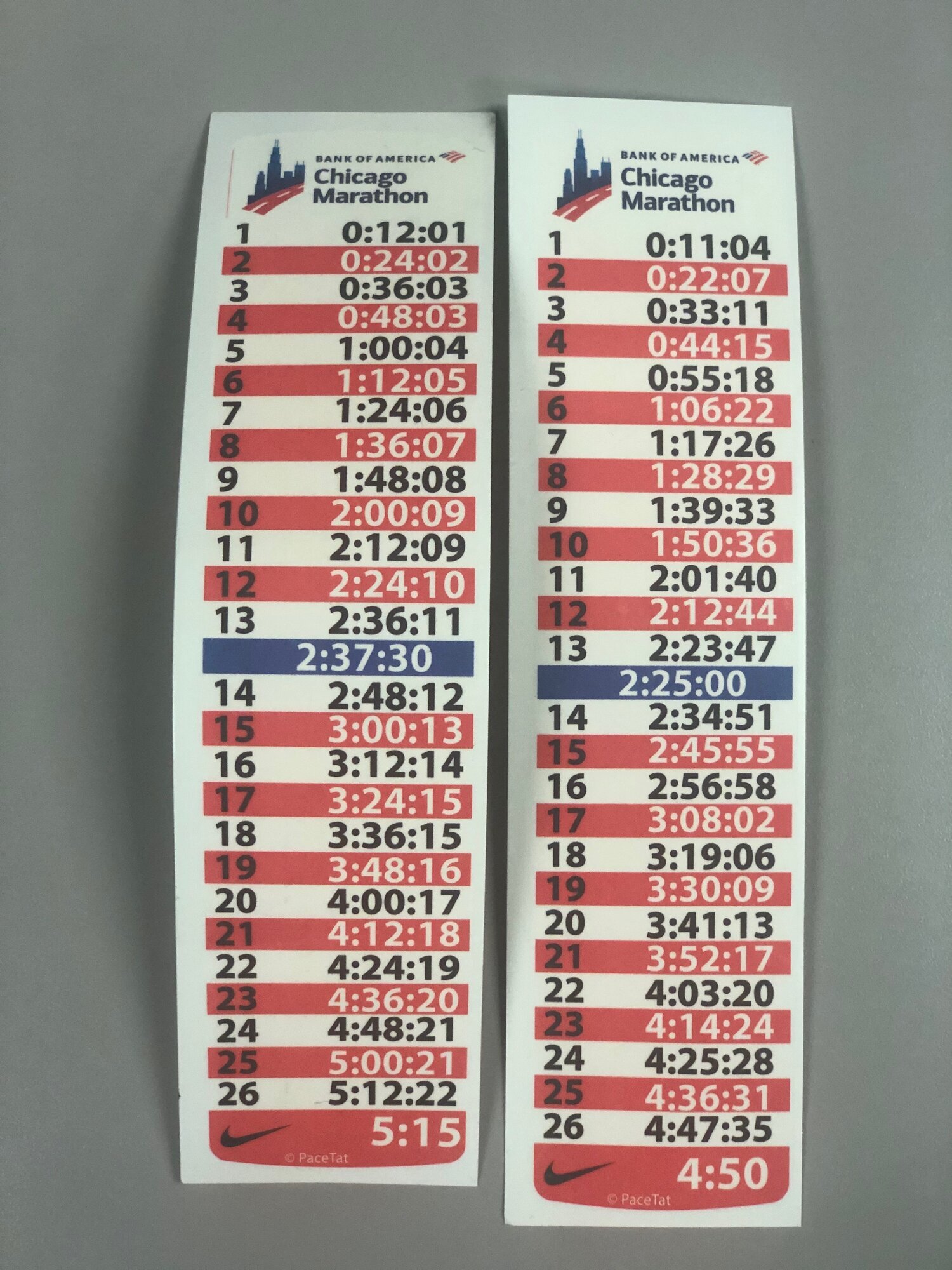Technology isn’t the only way to run
We are stuck with technology when what we really want is just stuff that works.
-Douglas Adams
Back in the day all anyone needed to run was a solid pair of running shoes, and if you’re me, a sturdy sports bra. Nowadays even the most beginner of runners has some sort of connected fitness, whether it’s an app on their phone or a fancy GPS watch.
We research the product, spend the money, plug it in to charge and then it’s go time...
Turn the device on and turn your brain off...one foot in front of the other...breathe in...breathe out.
(I will assume you have already determined what sort of numbers you need to see on the watch to know you are achieving your goals. If not, click this link and shoot me a message.)
Now, as you’re running, check your device. Are the numbers making sense? You’re running a marathon and your watch says you’re at mile 24, but the sign says mile 22. Or your watch says you’re running a 10 minute pace, but your running partner’s watch says you’re doing an 11 minute pace. Which one is right? Do you speed up? Slow down? Cry? No!!!
I’m here to talk to you about a cheaper, non battery dependent, “skyscraper in your way but you don’t care” way to verify if the information you are receiving is actually valid. It can be your primary method for tracking, used more commonly in the age before connected fitness, or as a backup plan to it.
You will need two things on your wrist a digital watch and a pace bracelet (both pictured below) and you actually don’t even NEED a pace bracelet, if you are cool with doing a bit of math between the mile markers OR write the times on your arm with a Sharpie...but first things first.
Before you get started, do some research. If you’re in a race, check the website to confirm where distance markers will be: near each water station? At each mile? At each kilometer? Also, note if there are significant elevation or terrain changes, as this can significantly disrupt your pace. If you’re not in a race, start practicing this on a route where you have an idea as to the distance you are going.
As we know, your phone and/or your GPS watch have the ability to act as a timer. You can see the display in this photo that will show you pace, time, and distance on one screen. When the race starts, hit start on your watch. Now watch for each mile marker on the racecourse and check your total running time as you pass it. Match it up to the pace time that matches the distance on your pace bracelet. (See first photo below to find the total time you have run as you pass a mile marker on the course. Now look at the corresponding mile marker on your pace bracelet, as shown in the second photo)
Are they close? Are they way off? And how do they compare to your app/GPS? Start making your adjustments based on this information, but don’t go crazy.
Don’t panic. Check-in with yourself...how are you feeling? Hang tight until you get to the next time marker. Is there a trend? If there continues to be significant difference, shift your focus to the time and known distance you are running and check-in with yourself to FEEL how you are running, is this feeling the one you have when you are running a certain pace? Lean into it and rely on your training and your time to guide you through. Mentally let go of the GPS pace and focus on your time and course distance. The more practice you allow yourself, and the less reliant you are on fancy technology, the more likely you are to have a successful race.


